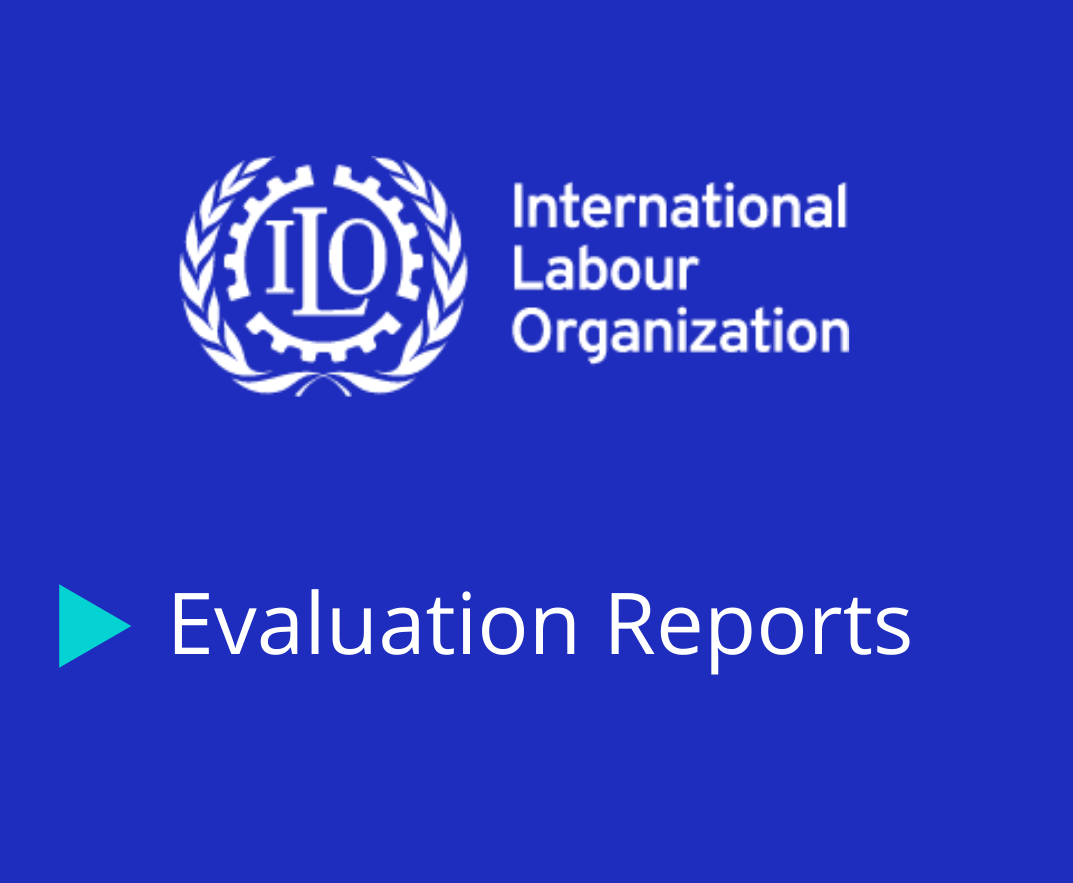Nepal
Nepal has a population of about 28.6 million, with 63.7 per cent of the total population below the age of 30. The estimated per capita income is around US$ 1,050 and income disparity is high, with around three million Nepalese – mostly unskilled – working outside of the country, in particular in the Middle East where the unemployment rate is lower (2.7% in 2017). The labour force gains approximately 500,000 new workers every year. To reduce poverty by at least 50 percent, estimates show that around three million jobs should be created.
With a growing population, widespread inequalities and the shortage of quality jobs and skilled workforce, Nepal needs to invest further in Technical and Vocational Education and Training (TVET) to prepare the labour force for a wider structural transformation. This would include investing in workers’ capabilities to acquire new skills, but also reskilling and upskilling throughout their lives and supporting workers through transitions.
Against this background, national plans and policies now recognise the importance of the TVET sector for economic growth. Nepal’s 13th, 14th and 15th National Development Plans committed to a strategy which consists of increasing investment and opportunities in TVET. Despite these efforts, Nepal’s TVET system is still confronted with numerous challenges with regards to access, quality, equity and relevance. To address these issues, promising solutions can be brought forward, such as ensuring access to TVET for all; implementing work-based learning and quality apprenticeship programmes to address the skills mismatch; building strong institutions while improving governance; implementing a flexible learning system to increase the number of people who can access TVET programmes; accelerating the implementation of reform initiatives focusing on formal recognition of competences acquired both formally and informally.
Skills for employment and productivity in low-income countries (Nepal component) - Final Evaluation
It was on this last measure that the International Labour Organization, with the support of the Korea International Cooperation Agency (KOICA), has intervened in the labour markets of Nepal since 2014. The project is called Labour Market Information and Employment services (LIfE) and it targets five of the 14 Public Employment Service Centres (ESCs) in the country. Well run Employment Service Centres can help identify job growth potential in their regions, assess skill needs, and provide better information to both young persons and their local training providers. They also assist unemployed youth in making well informed choices about education, training, employment or entrepreneurship opportunities.
Saurav Ram Joshi is the National Project Coordinator of the LIfE project. He says that prior to the ILO’s engagement ESCs were concentrating on just one element of the many roles an effective Centre can achieve: “In the early days the ESCs are simply collecting information from the job seekers, they were not effectively communicating with employer organizations. They were not fulfilling other services for job seekers, such as career counselling as well as services for employers.”
To read the full article download the PDF.



